News feed
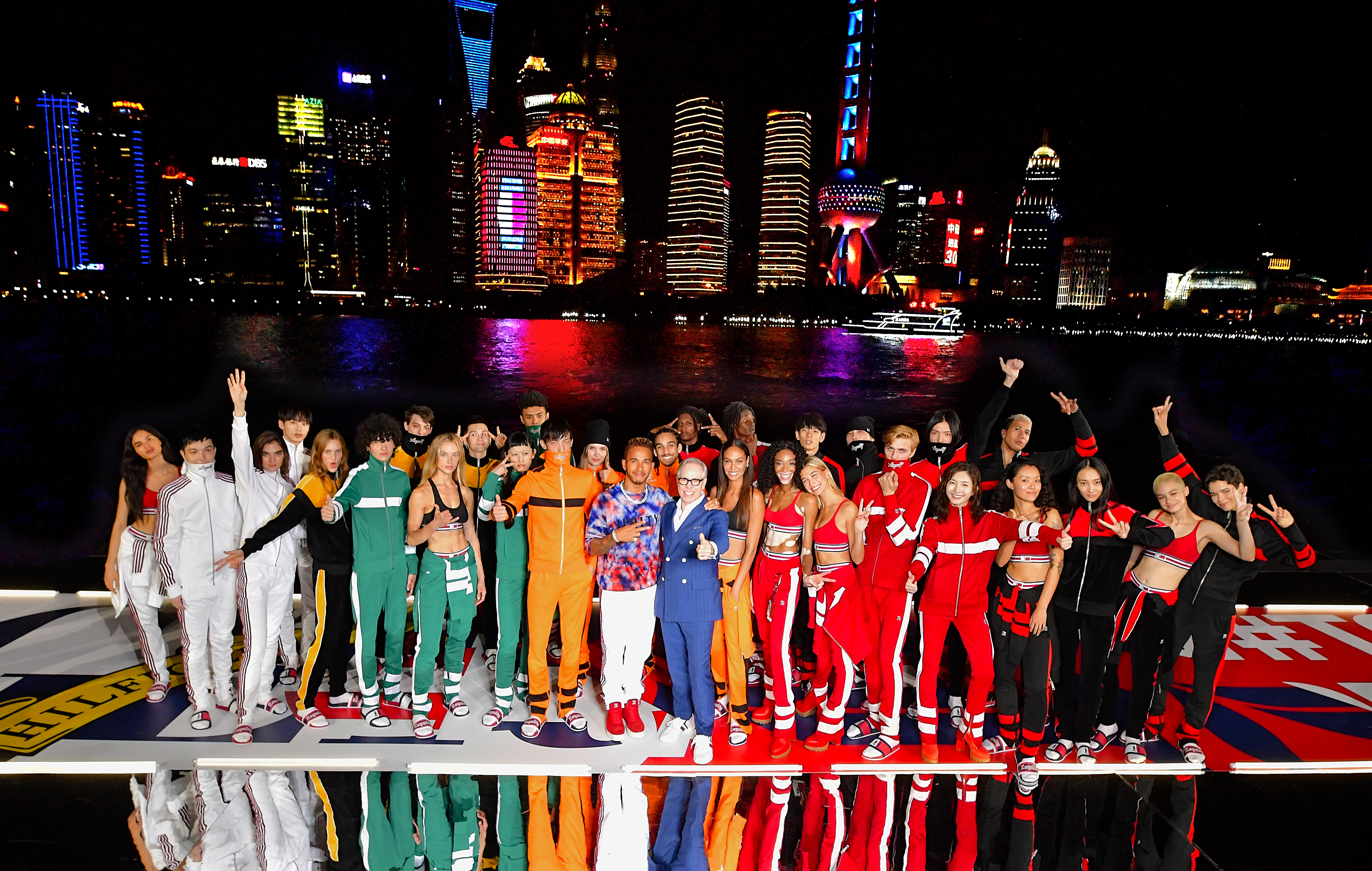
SHANGHAI: “Of course I’m nervous! Yes, I’ve done this before but so? It’s like if a doctor is doing surgery, they are still scared to cut someone open,” jokes Winnie Harlow just minutes before she walks onto Tommy Hilfiger’s runway on September 4. “No matter what your job is, you’re still nervous.” I’m huddled in a tiny nook of a change room area backstage with Harlow, Hailey Baldwin and Josephine Skriver and honestly, it’s like a trio of really good girlfriends who look like they agreed to all dress like TLC and are getting ready for a night out. “I feel like I need more padding,” Baldwin quips to Skriver before flashing her enormous engagement ring that is permanently clutched around her iPhone. Harlow is fixing her lip gloss in the mirror while Skriver is complaining about how icy the air conditioning is (she’s not wrong. One would be forgiven for assuming we were actually housing polar bears in there). “Hailey’s my girl,” Harlow says. “Being on set with her is just like a chill day. We’ve probably known each other for five years.”
Outside, publicists with headsets nervously fiddle with their clipboards, green tea cheese cake is (oddly?) the pre-runway snack of choice and the man of the hour is patiently taking interviews in a director’s chair amongst the ruckus. In a little bit, I would stand to the sides of the corridor as he strides (actually, no he charges) down it like a runway; blue suit, pursed lips, side glare. He is followed by Formula One World Champion and this season’s capsule designer Lewis Hamilton who has an army and a half as his entourage. Surely at least six of them are clingers.
I realise I’ve spent way too long backstage chatting to Harlow that the show is about to begin, the models are lined up and a deep voice billows for the 1000-strong crowd to take their seats. To Childish Gambino’s This Is America and cut into Cardi B’s I Like It and The Weeknd’s Starboy, Baldwin is out first and her walk is good. No longer is she the second billing next to the Hadid sisters, she’s at the top and has had a few lessons since our last meeting at the Tommy SS17 show in Los Angeles 18 months ago. Set against the most incredible skyline, Hilfiger’s runway, for another season, lights up.

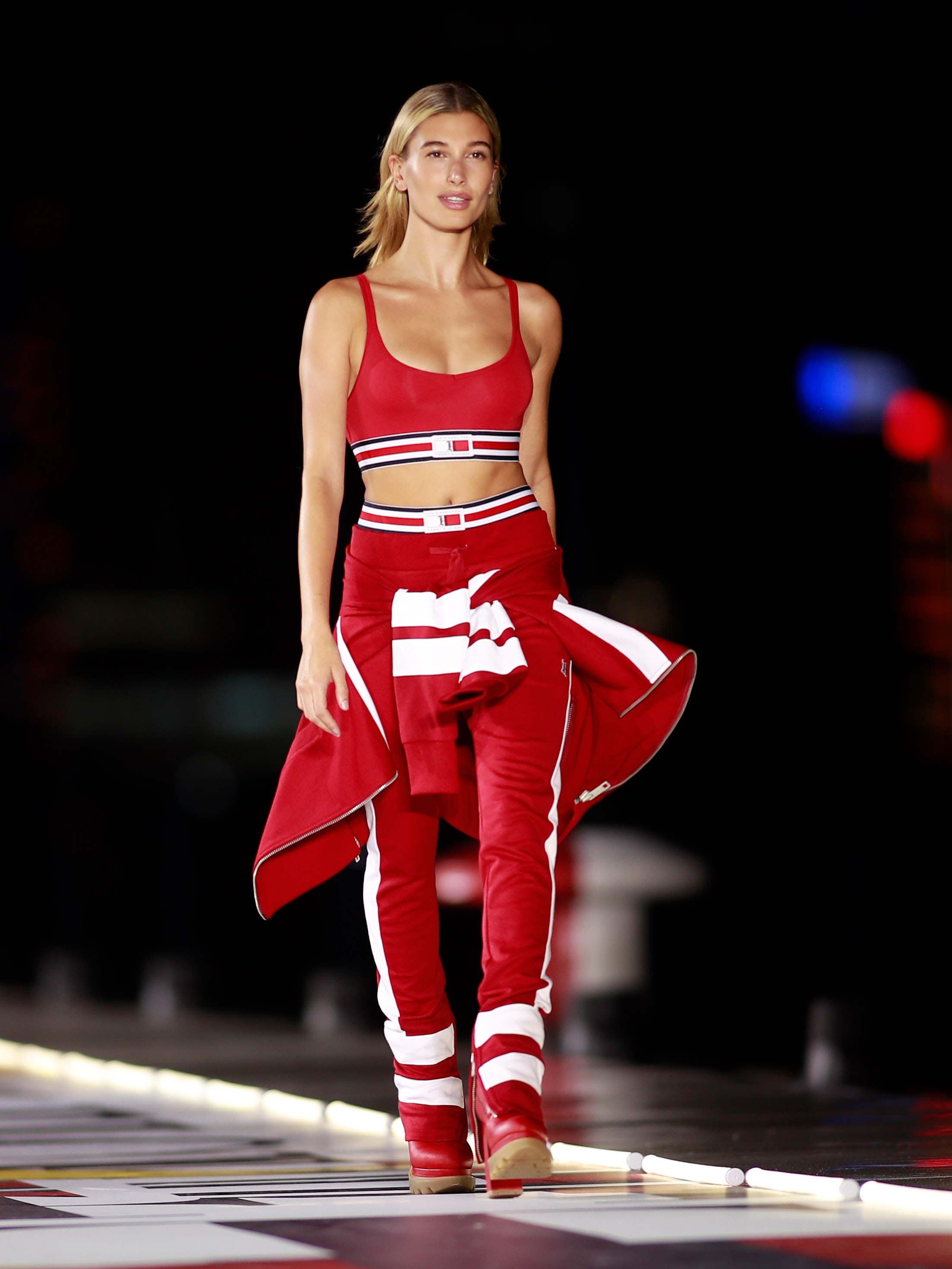
NYC > LA > LONDON > MILAN >SHANGHAI
In 2016, Hilfiger made the deft, albeit controversial, decision to uproot his show from the traditional Fashion Week stable in New York City to Venice Beach in Los Angeles; a world first and a nod to the brand’s playful and easy-going Southern Californian style. Some labels baulked at the move, others marveled. The result was a social content goldmine and since, Hilfiger has continued his global tour bringing his unique, experiential spectacles to new audiences from London to Milan – and where the fashion is available to the consumer as instantaneously as an icon walks it down the runway.
Tonight, Hilfiger added Shanghai to the list as he transported his Fall 2018 collection – and his ever-evolving ‘See Now Buy Now’ model with all the chatbots and gadgets – to Shanghai Port International Cruise Terminal in the palatial Hongkou District. Known as TOMMYNOW, no brand is embracing instant gratification like Hilfiger: all the looks are immediately shoppable post-show in more than 70 countries both online and in Tommy Hilfiger stores. After pulling a 21% revenue gain to $1 billion within the first quarter of this year, the move to China highlights not only the brand’s commitment to Asia Pacific – its highest growth potential market – but the apparel giant’s sheer drive to keep pushing ahead and build on this seven-figure sum.

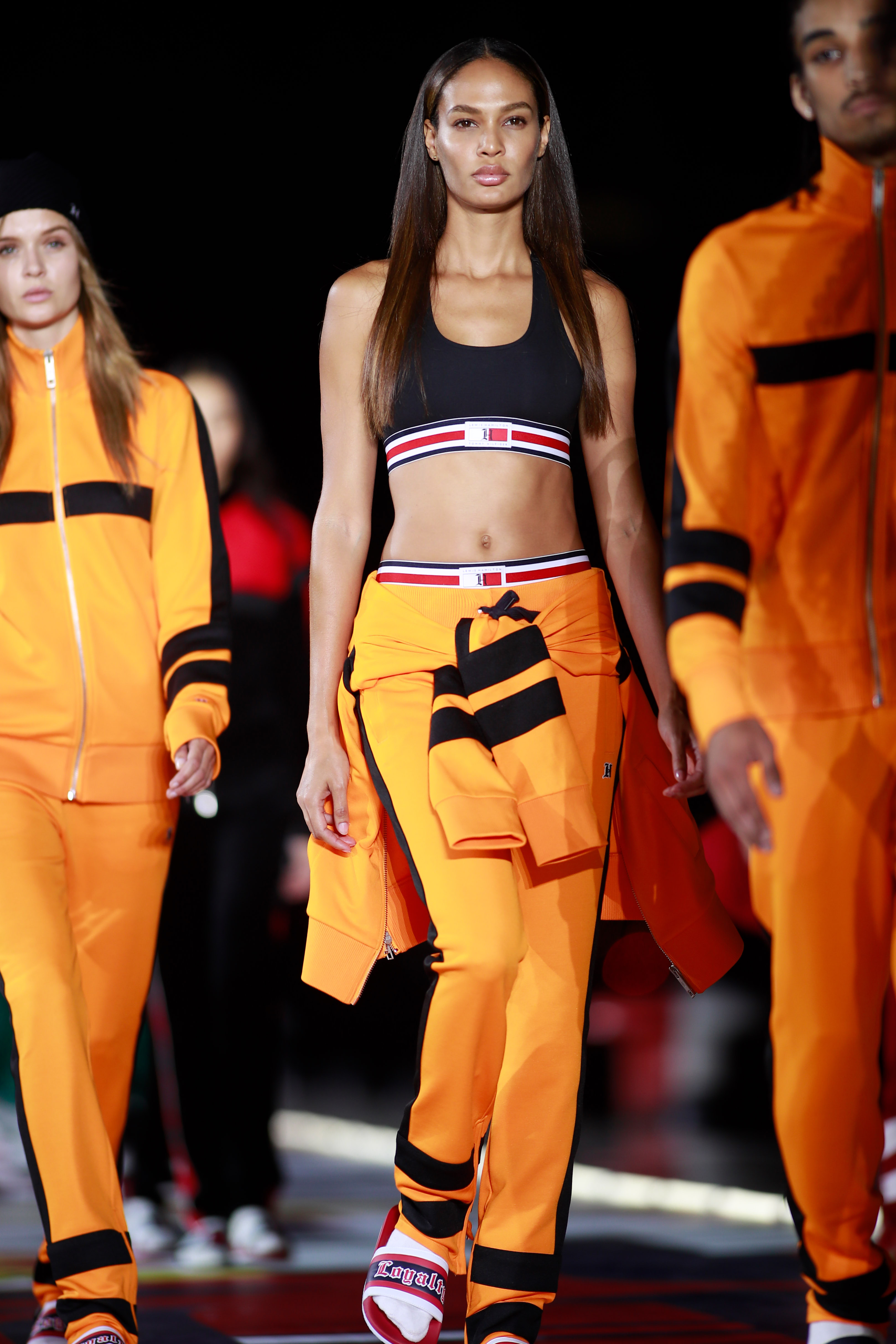
In the first capsule collection sans Gigi Hadid, Hamilton has stepped up as the brand’s newest global menswear ambassador. The line celebrates ‘Icons Of Tomorrow’ with of-the-moment names Harlow and Baldwin as faces of the capsule collection. “My grandmother would be my real life icon,” Harlow says. “She’s always done whatever she wanted to do and listened to her own opinions of herself and not what other people thought.” Maggie Jiang, known in China as Jiang Shuying, is excitingly the first Chinese celebrity Tommy Hilfiger womenswear ambassador.
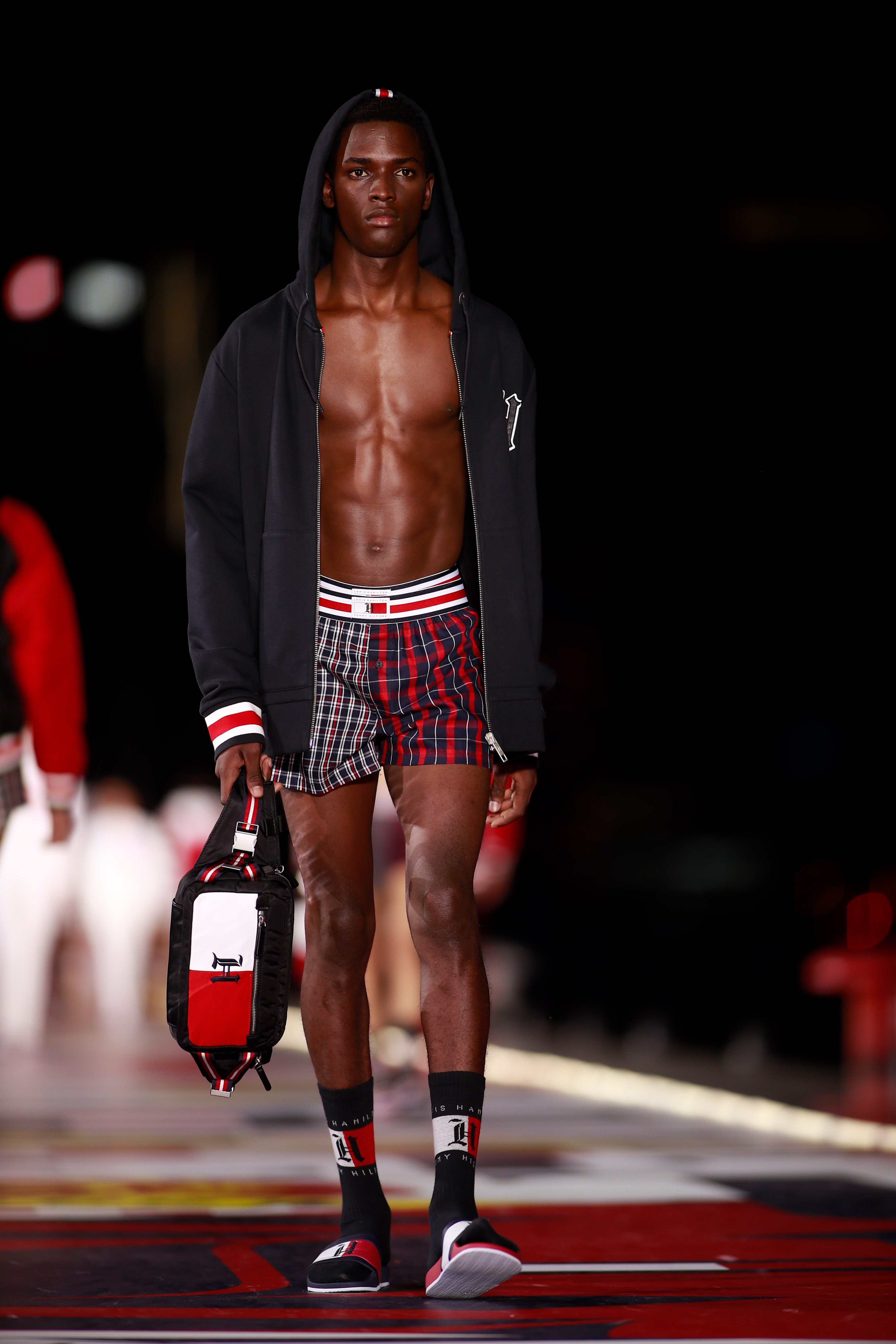
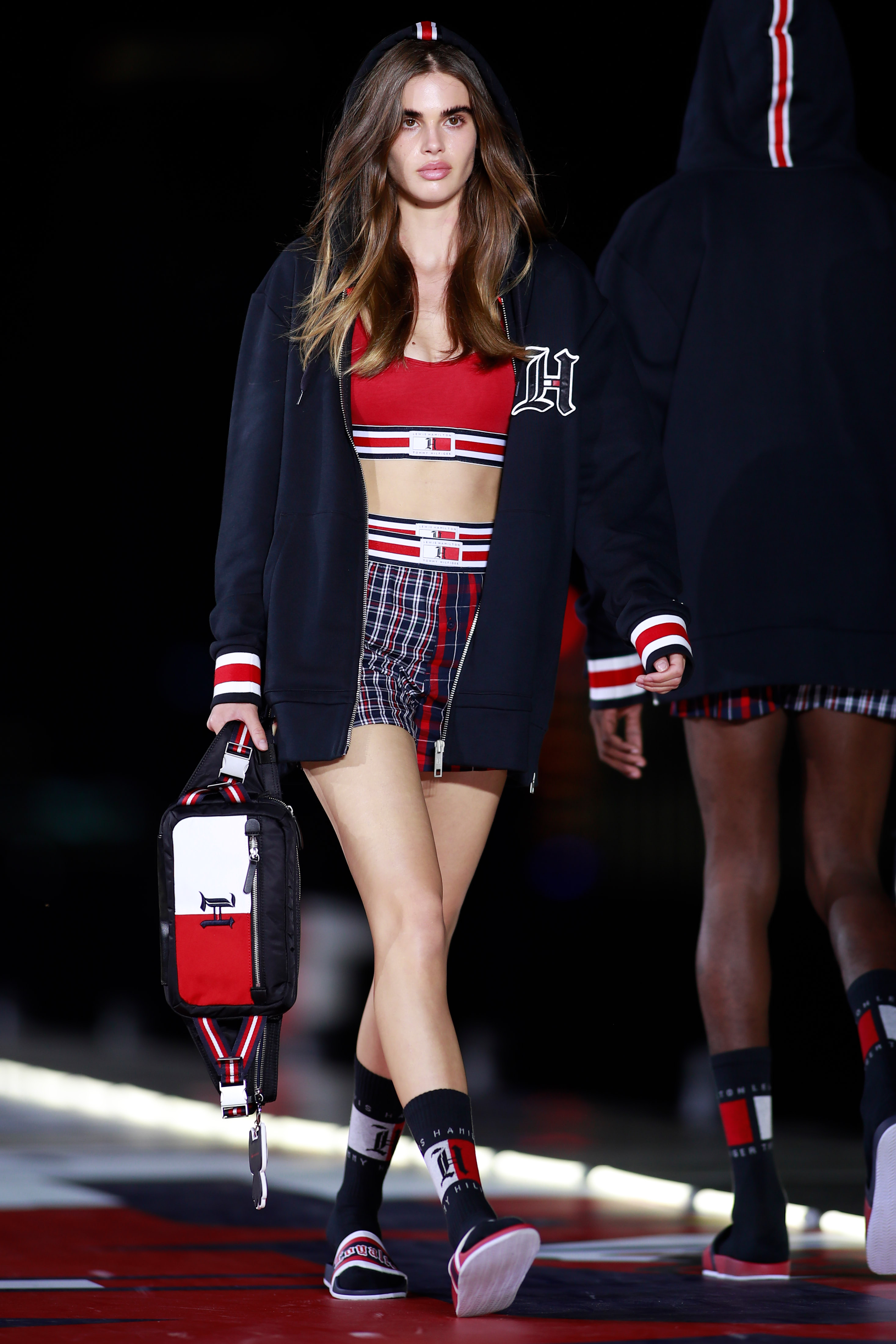
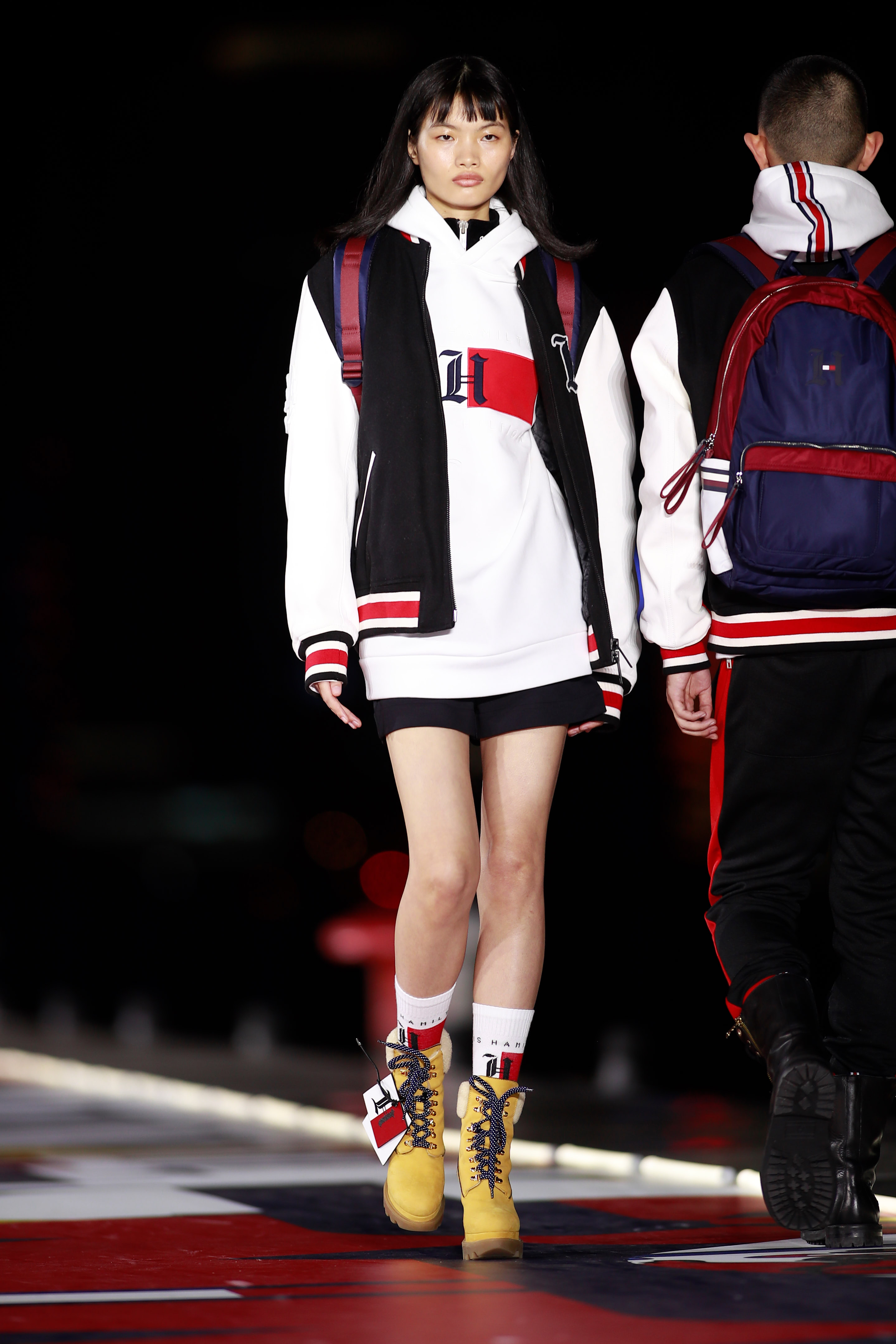
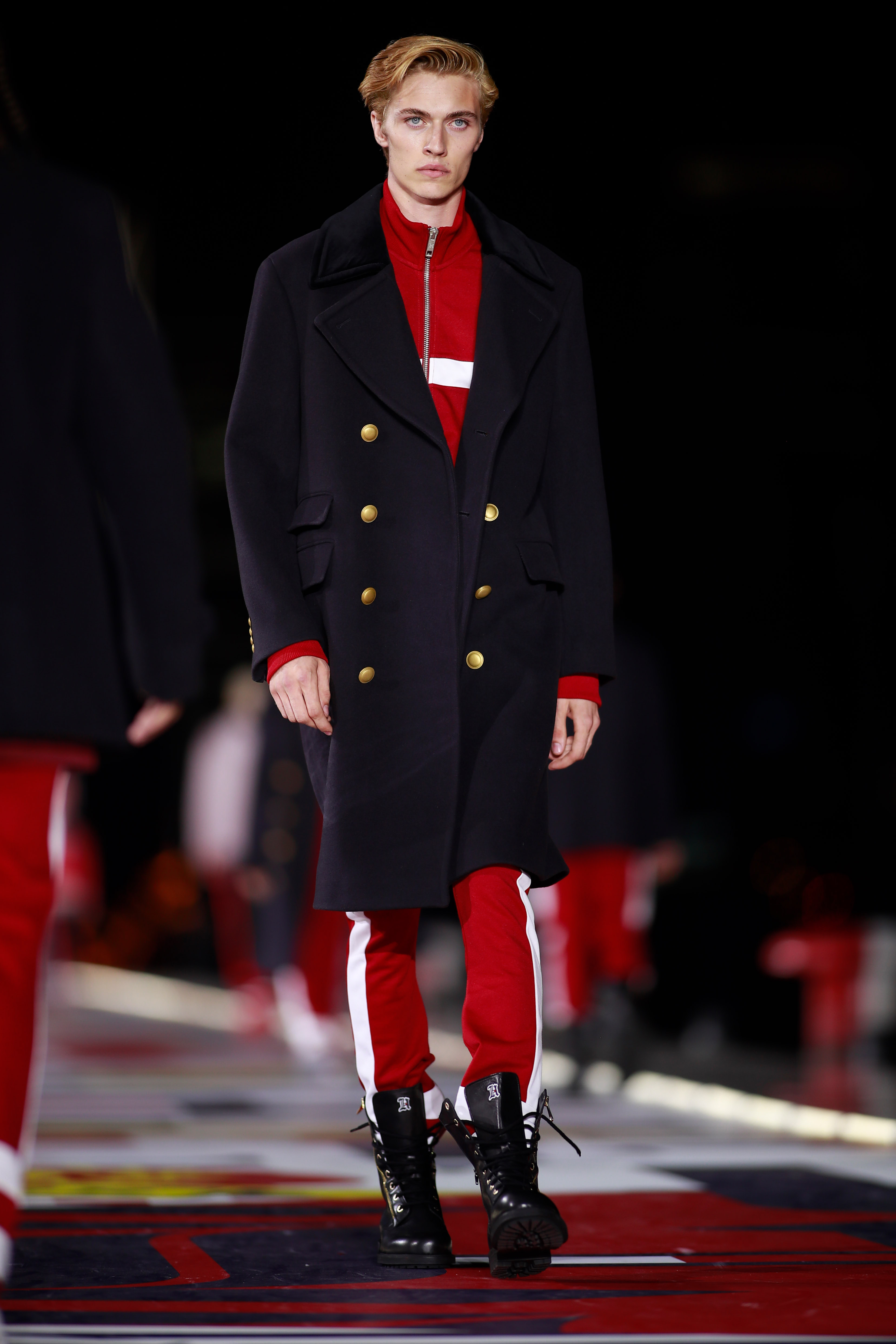
CAPITALISING ON HILFIGER’S RICH ARCHIVES
For a brand who almost lost its footing and could have suffered a similar fate to fellow purveyors of American nostalgia like J.Crew and Gap, Hilfiger’s rapid resurgence lies not only in a tight social media strategy and a feeding spoon into the fashion consumer’s need for instant fashion, but also the millennial’s love of the 1990s. Twenty years ago, slouchy pants and oversized sweaters emblazoned with the colours of the American flag were adopted by both a cheerleader in Newport and a muso in Compton. And while we’ve seen Gucci ride the wave of nostalgia to a 40% annual growth, Hilfiger is cashing in on cool street-style tastemakers wearing his kit and hearkening back to the days of Kate Moss and TLC. Make no mistake, Baldwin, a fervent wearer of this aesthetic, is just as influential to the millennial consumer as Gigi Hadid was – even more so since she bounces between cities with her new fiancé, megastar Justin Bieber, who too isn’t shy of a baggy silhouette.
Tonight, we saw the famous red, white and blue staple colour-way sidelined in favour of burgundy, gold and warm navy; a collection of Hilfiger’s most iconic pieces reimagined for 2018. There’s knitwear in there, trimmed with gold, and emblazoned with a giant ‘H’ – two pieces you could swear Harry pulled out from his bedroom under the stairs and took to Hogworts with a wand to meet Hermione. The oversized striped football jersey (made from silk) is to be worn as a dress and the iconic ‘stretch’ flag logo has been updated in a minimalistic gold design and splashed across several pieces (including GRAZIA’s favourite, a fleece-lined denim jacket). A hero piece comes in the form of a metallic gold bomber and the Oxford shirt and short combo in Ithaca stripe is back. Navy and burgundy striped silk, pleated dresses – in both short and midi – add femininity and flow to this other-wise tomboy collection of All-American classics.
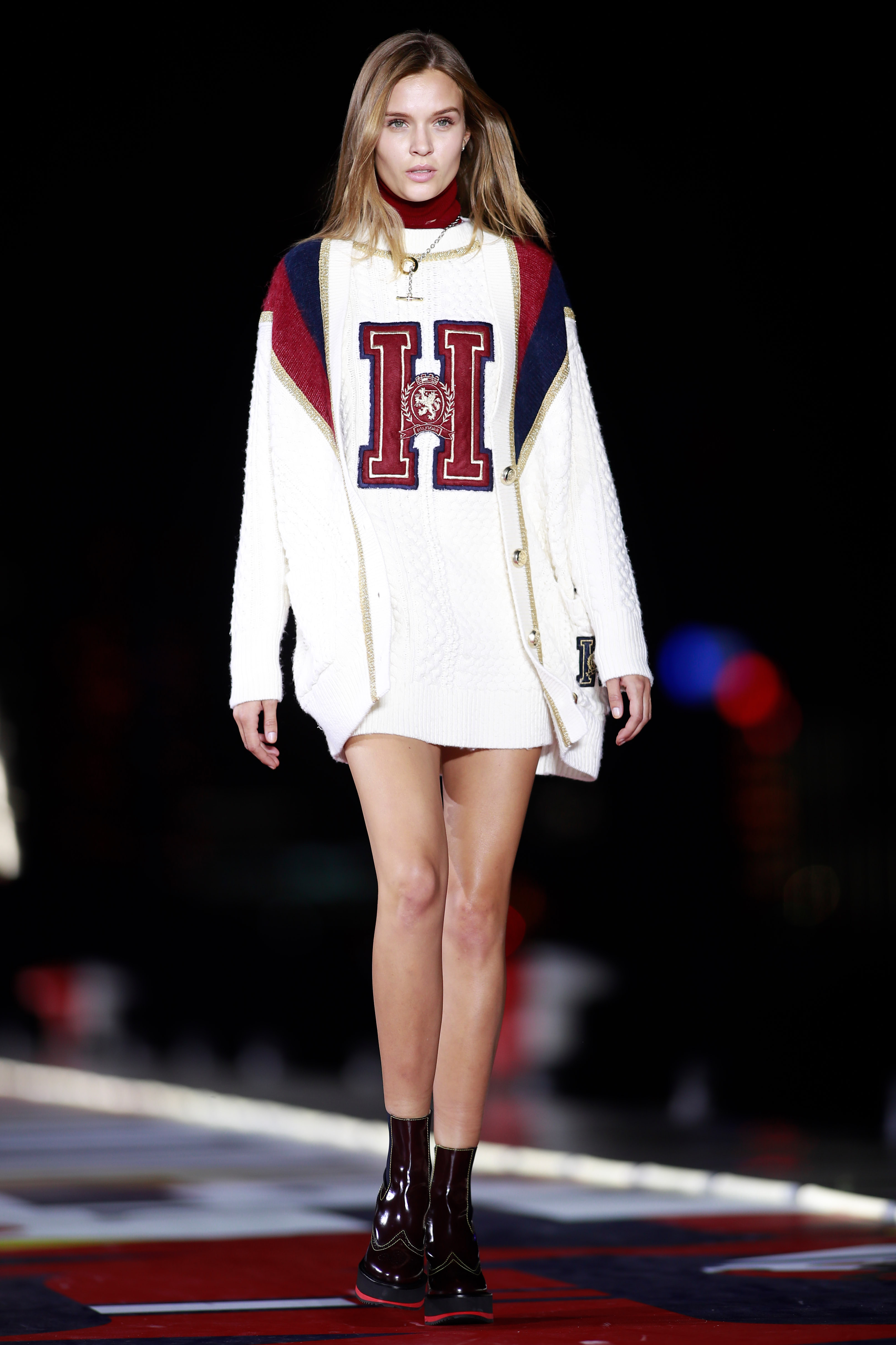

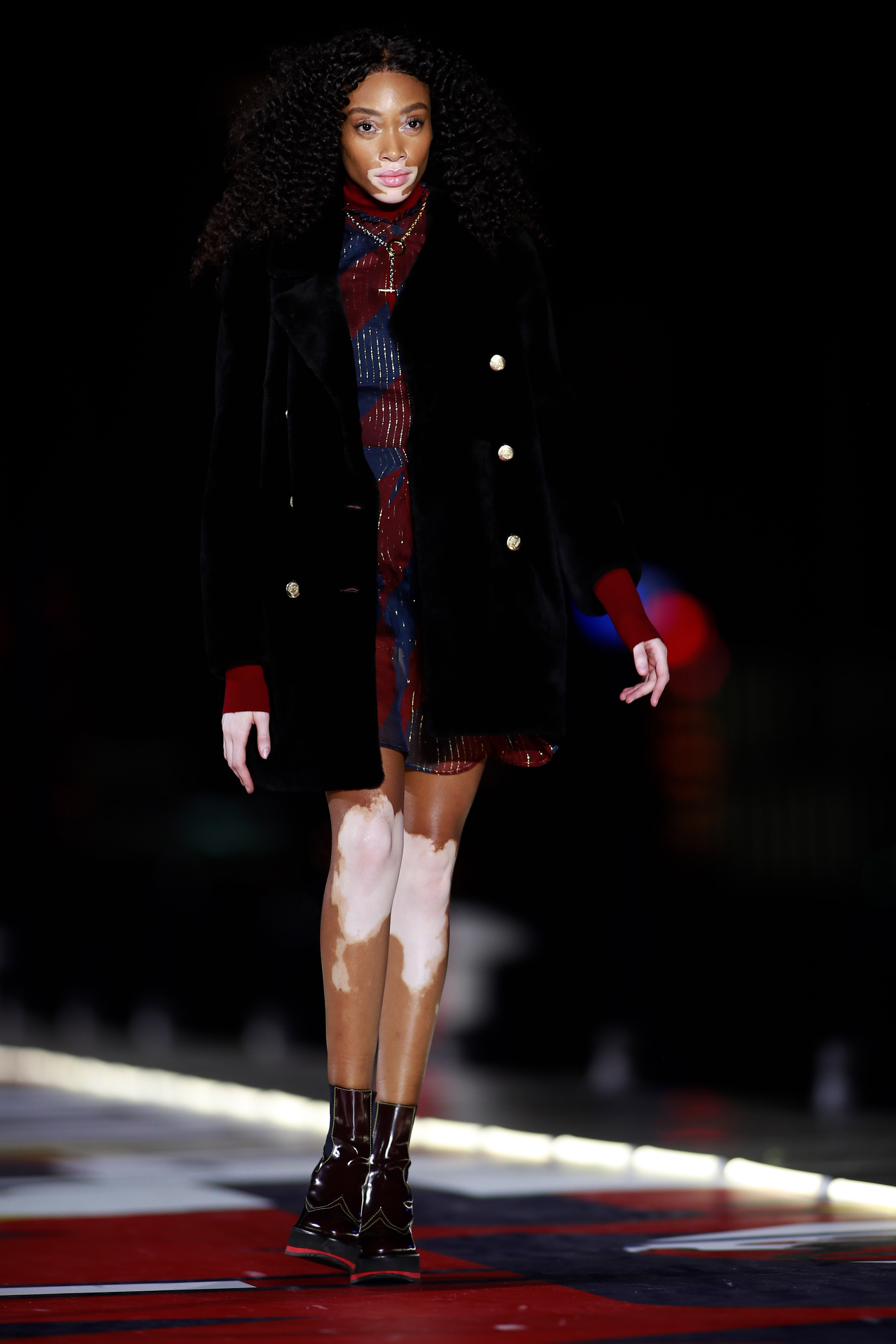
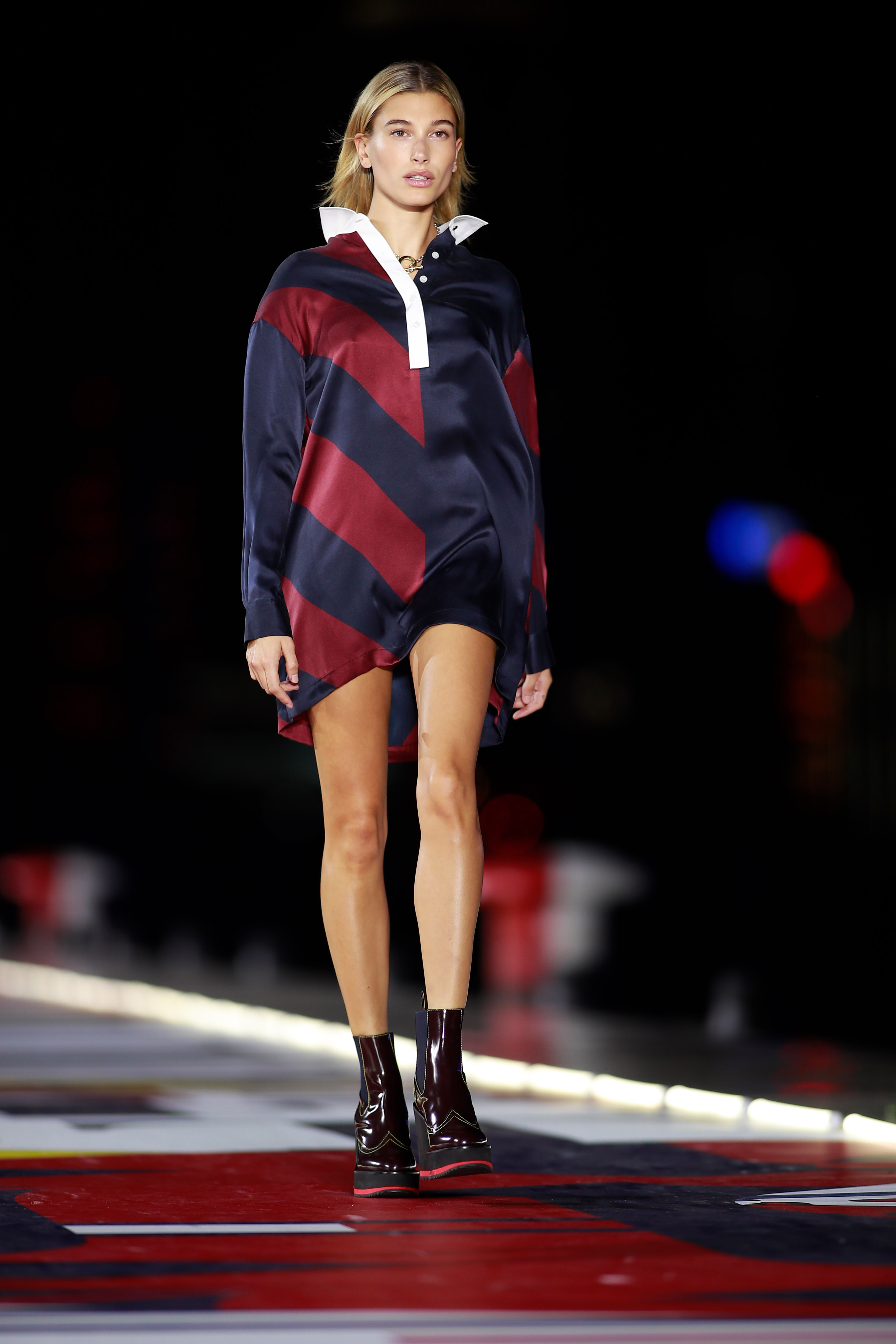
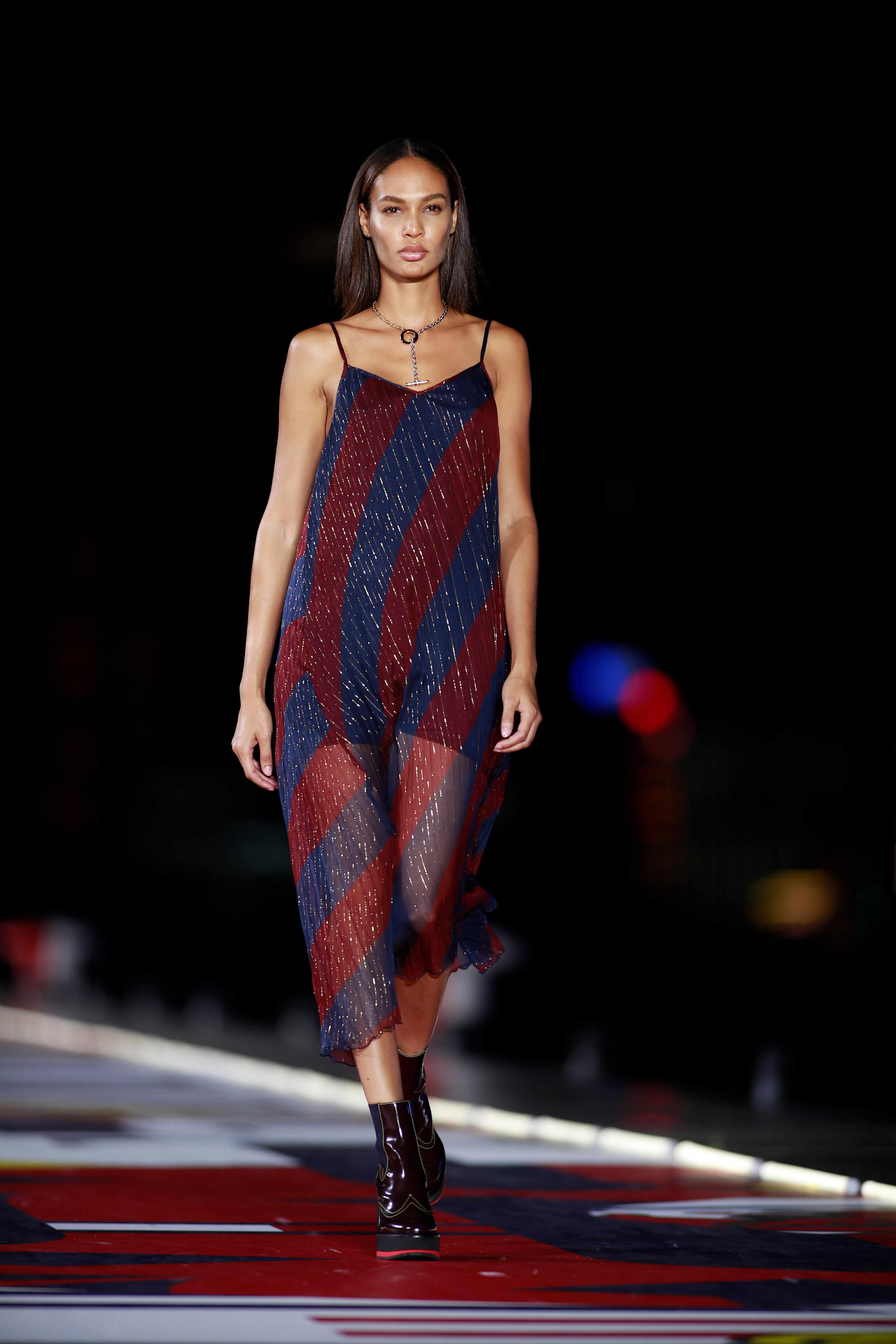
THE SPECTACLE CONTINUES: HOW TOMMY GOT HIS MOJO BACK
Shanghai is the fifth stop in Hilfiger’s global big-budget extravaganza takeover. Two years ago, the Burberry Group, Tom Ford International, Ralph Lauren and Michael Kors Holdings were all testing direct-to-consumer strategies. With social media, no longer would the public wait six months to buy something. The human psyche and thus our habits and attention spans were changing and like the internet, everything needed to be accessible instantly. But operationalising a ‘See Now Buy Now’ model had its complications. Firstly, the man-power it took to deliver live-time premium content on social channels and websites – images and video in which a consumer could shop from – was difficult. Case in point, over at Tom Ford.
Photographer Inez van Lamsweerde told a US fashion publication in 2016 the large list of deliverables Tom Ford had put to van Lamsweerde and his team. The deadline was 24 hours. Ford was staging an in-season runway show at New York Fashion Week that same year and van Lamsweerde spent the day shooting models in their looks. As they hit the runway, the photographer and his team of ten were editing the photographs and videos so cashed-up could shop from them a minute later. Simultaneously, the photographers were also on hand to snap the front row. The next day, The New York Times ran his images as an advertisement for the brand in their paper. It was that quick.
The same could be said over at Burberry and famed photographer Mario Testino’s experience. By the time the models hit the runway in 2016, Testino had already shot them and Anna Wintour already had an article in Vogue accompanied with Testino’s imagery.


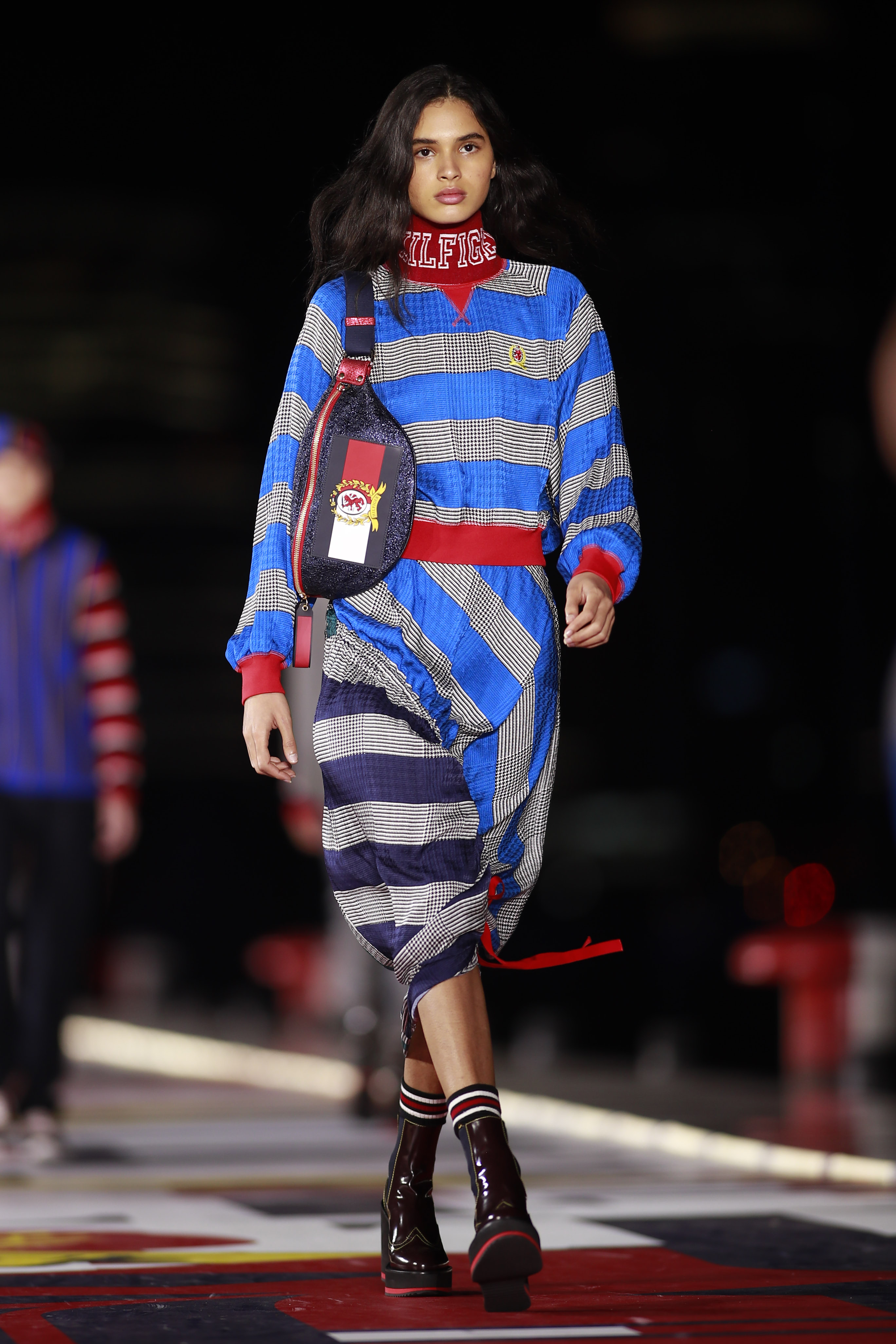
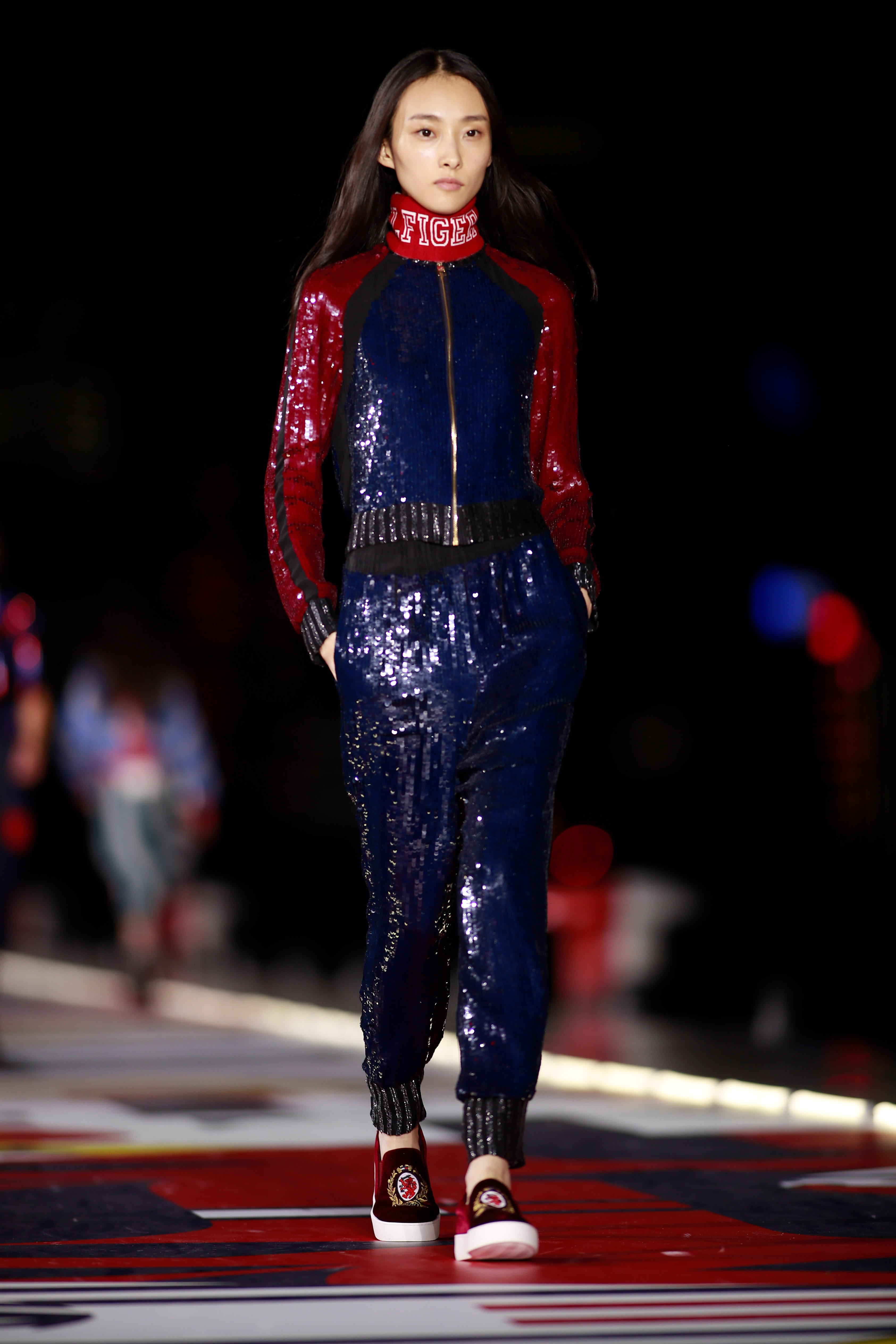
Hilfiger and his team – including the visionary Chief Brand Officer Avery Baker – knew they were to either get in front of their competitors or get left behind. In the recent past, we watched as the designer shipped truckloads of artificial snow into Park Avenue Armory (Hello his après-ski-themed Fall 2014 collection). He kicked multiple goals (although some critics claimed no touchdown) when a football field was transformed into a runway to showcase his Fall 2015 show. Something needed to change. And so TOMMYNOW was born. The South Street Seaport in Lower Manhattan in New York was converted into a giant, orchestrated carnival with a Ferris wheel and live tattoo artists. “The fusion of fashion and entertainment is very us, but now we’re not just dating that idea, so to speak – we’re married to it,” said Hilfiger at the time. Every look was instantly shoppable, online and in-store. The latter meant visual merchandisers in all Tommy Hilfiger stores had to change up their windows and stock overnight.
The following season – Spring/Summer 2017 – Hilfiger showed in Los Angeles (GRAZIA were there to cover every sparkle). Venice Beach became ‘Tommy Land’ – a big amusement park filled with girls on stilts, roller-bladers, acrobats, fire throwers, rides and local food trucks. Interestingly, of the 3000-strong crowd, 2000 were influencers and consumer guests compared with 1000 fashion professionals/media, the disruption to the in-season fashion paradigm – and how we cover shows – was happening.
In London, the roundhouse concert hall, famous for hosting The Beatles and Jimi Hendrix, became ‘Rock Circus’ while in Milan, ‘Congressi Fairgrounds’ showcased models walking down a huge racetrack-themed runway.
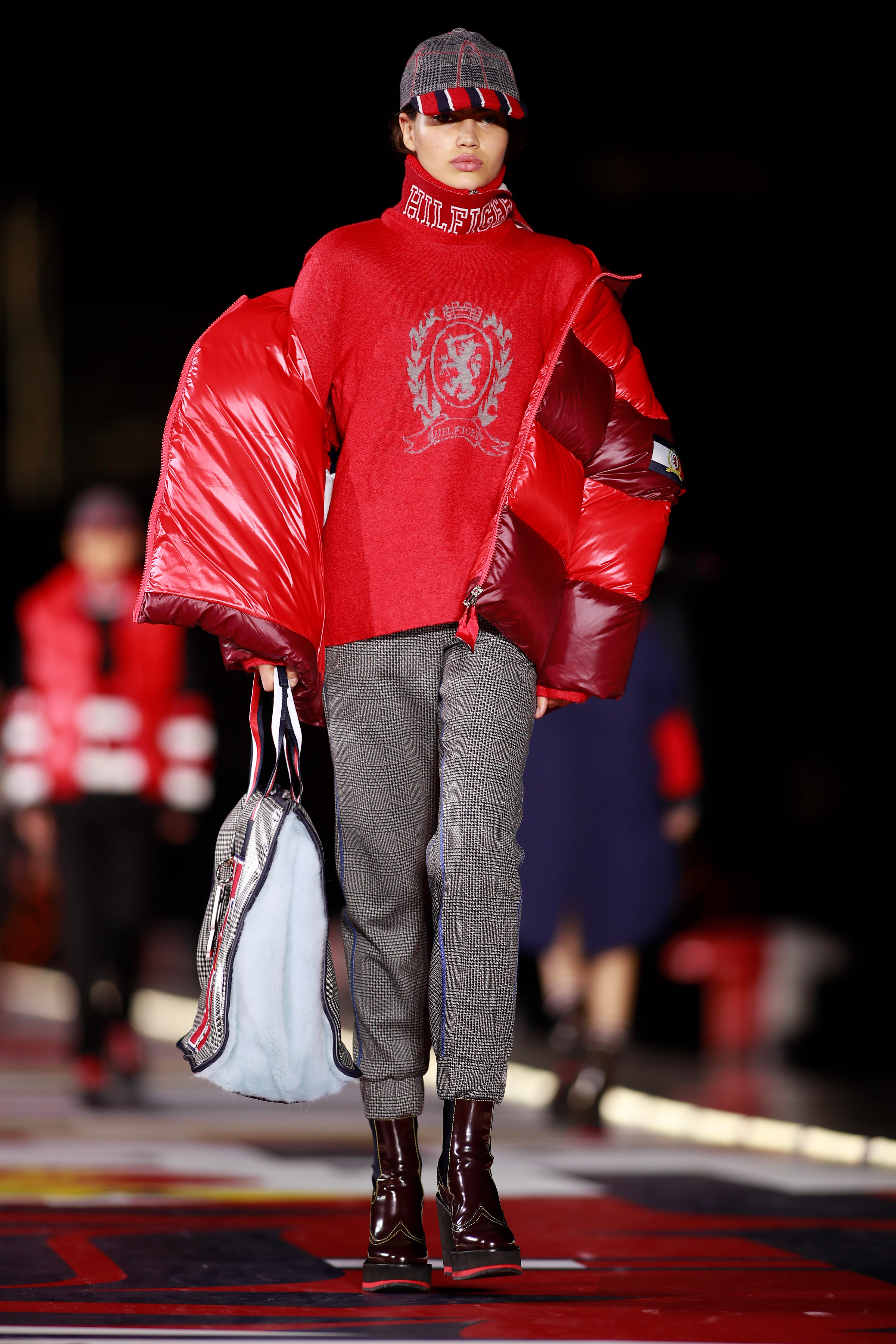
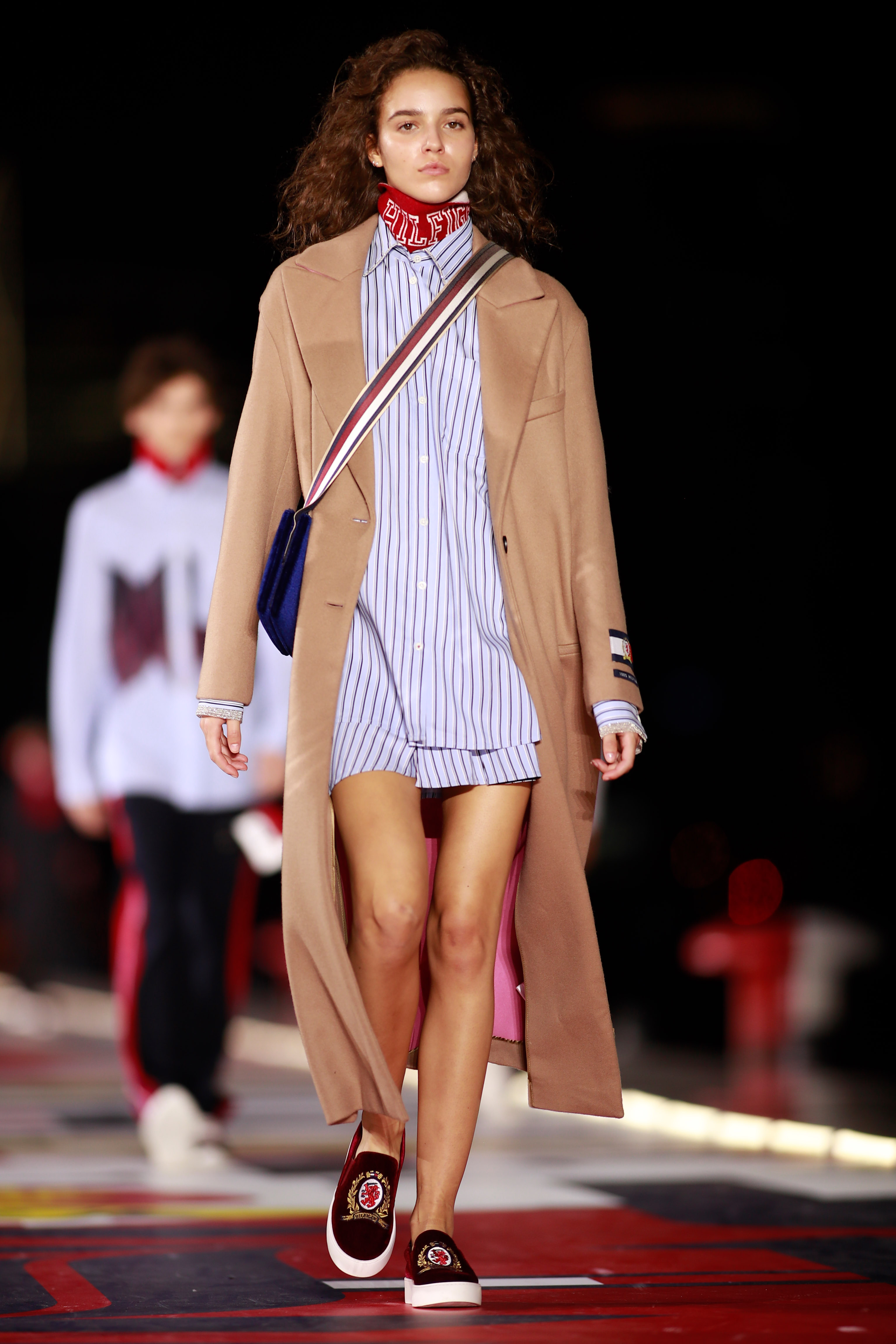
As soon as any show began and any look hit the runway, consumers could buy it on the label’s website (65% of the visitors to the website on the day of the Milan show were new customers), through social media accounts, through a livestream, through an image recognition app or through intelligence powered chatbots on Facebook Messenger who would act as virtual stylists.
Some context: In 2000, the Tommy Hilfiger brand dropped 75% in revenue in a single quarter. Today, it’s a $6.6 billion-dollar empire. It’s nothing short of remarkable. As for Ford and Kors? They seemingly dropped their efforts within twelve months.
CAPTURING THE CHINESE MARKET:
So here we are in Shanghai. But after so much success, if Hilfiger is after carving out a new, lofty challenge for himself, he’s got it in China. Visas are difficult (remember Hadid couldn’t walk the Victoria’s Secret runway in 2017 because the Chinese government refused her after she reportedly made a racist joke on her Instagram?). There is no Facebook or Instagram in Shanghai. There is a trade war brewing between the US and China (and if it did pick up steam, the Chinese government could discourage its citizens from shopping at American brands – and Tommy Hilfiger is definitely iconically American.) The Asian market is known as one of the ficklest; brand hungry young consumers fall in love very quickly with one label and if their attention isn’t held, they are known to adopt another brand as their preference soon after. But there are upsides: In 2011, there were just 100 Tommy Hilfiger stores across China. By the end of the year, the label is aiming for 429.
So how do you evolve when you are seemingly at your highest peak? Which city Hilfiger will disrupt next is anybody’s guess. Let the touring juggernaut roll on…










